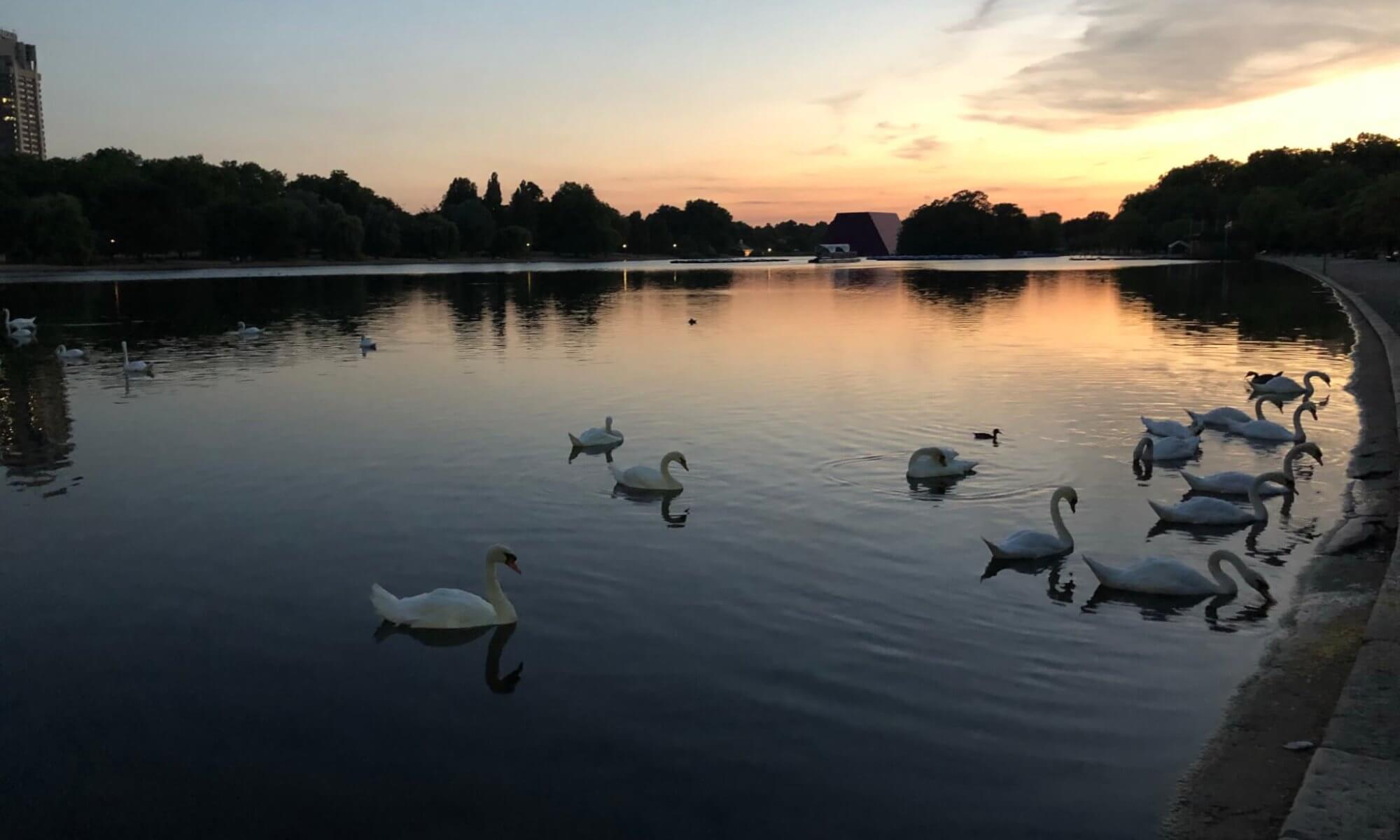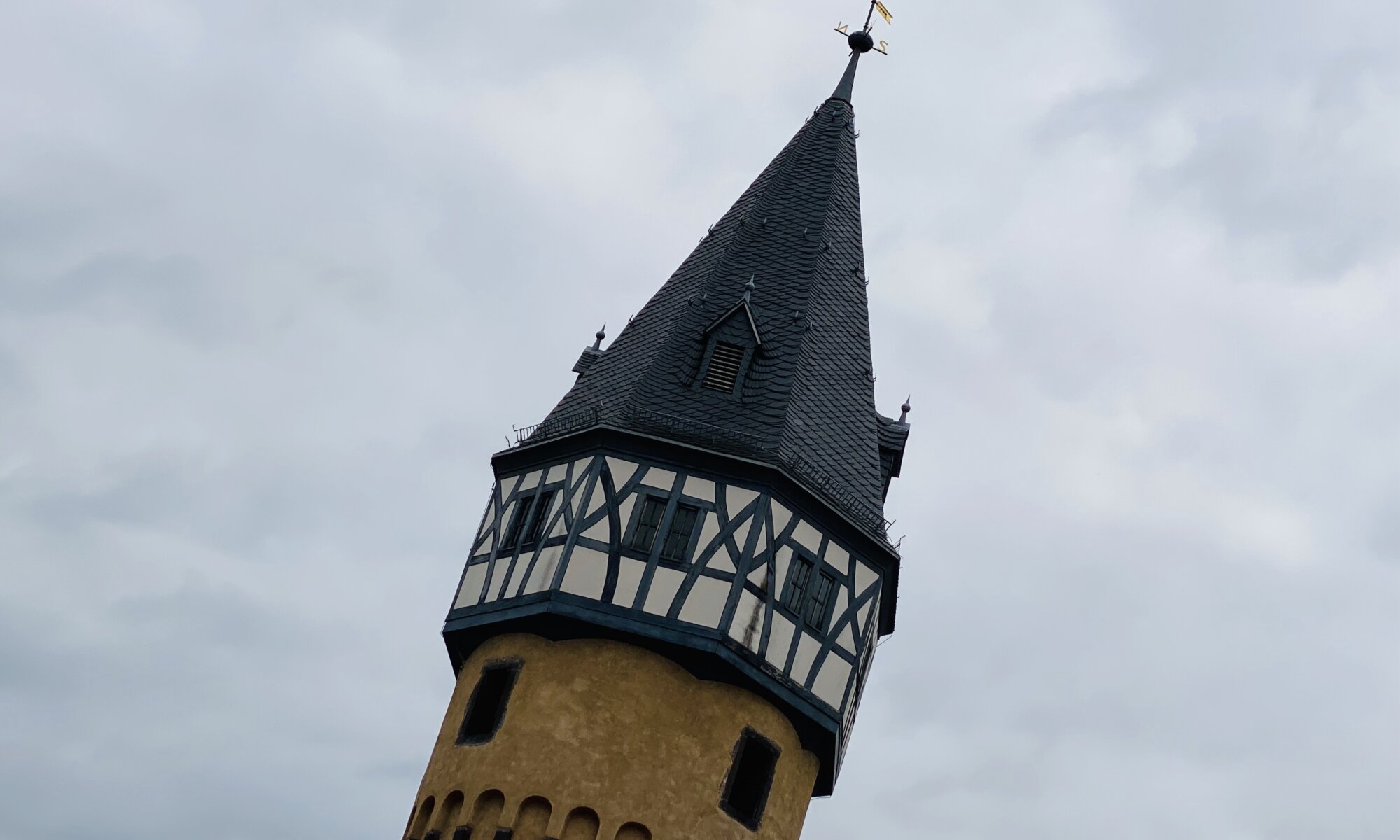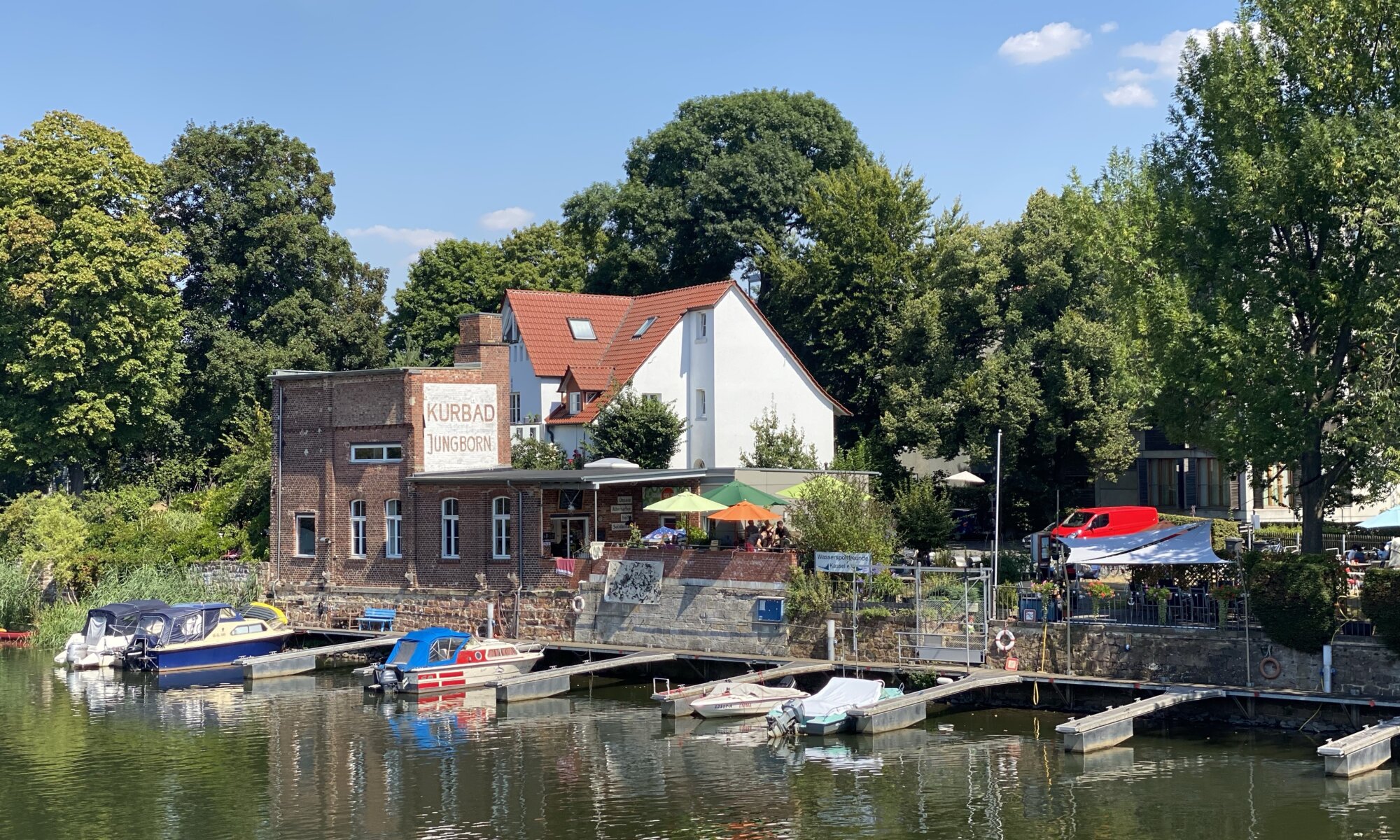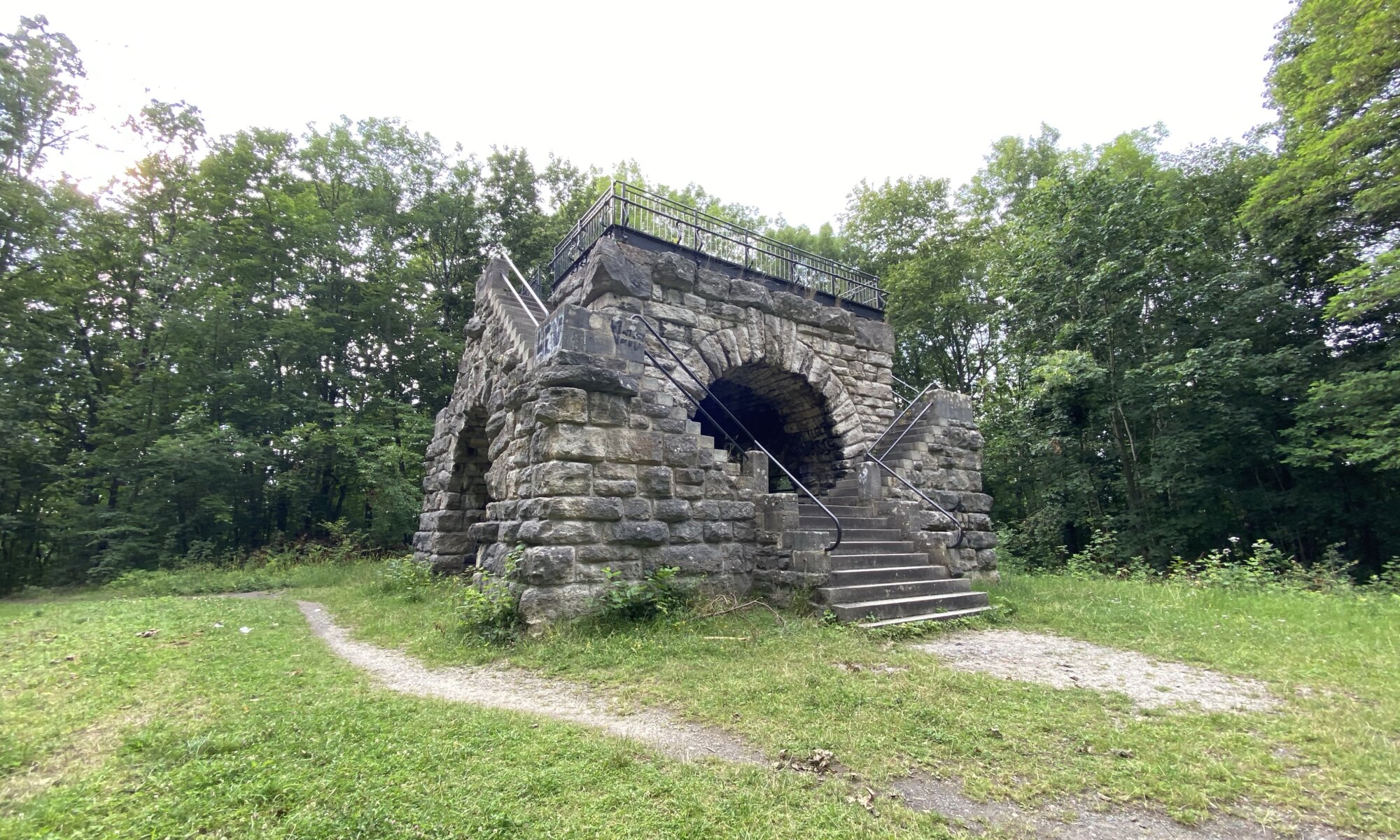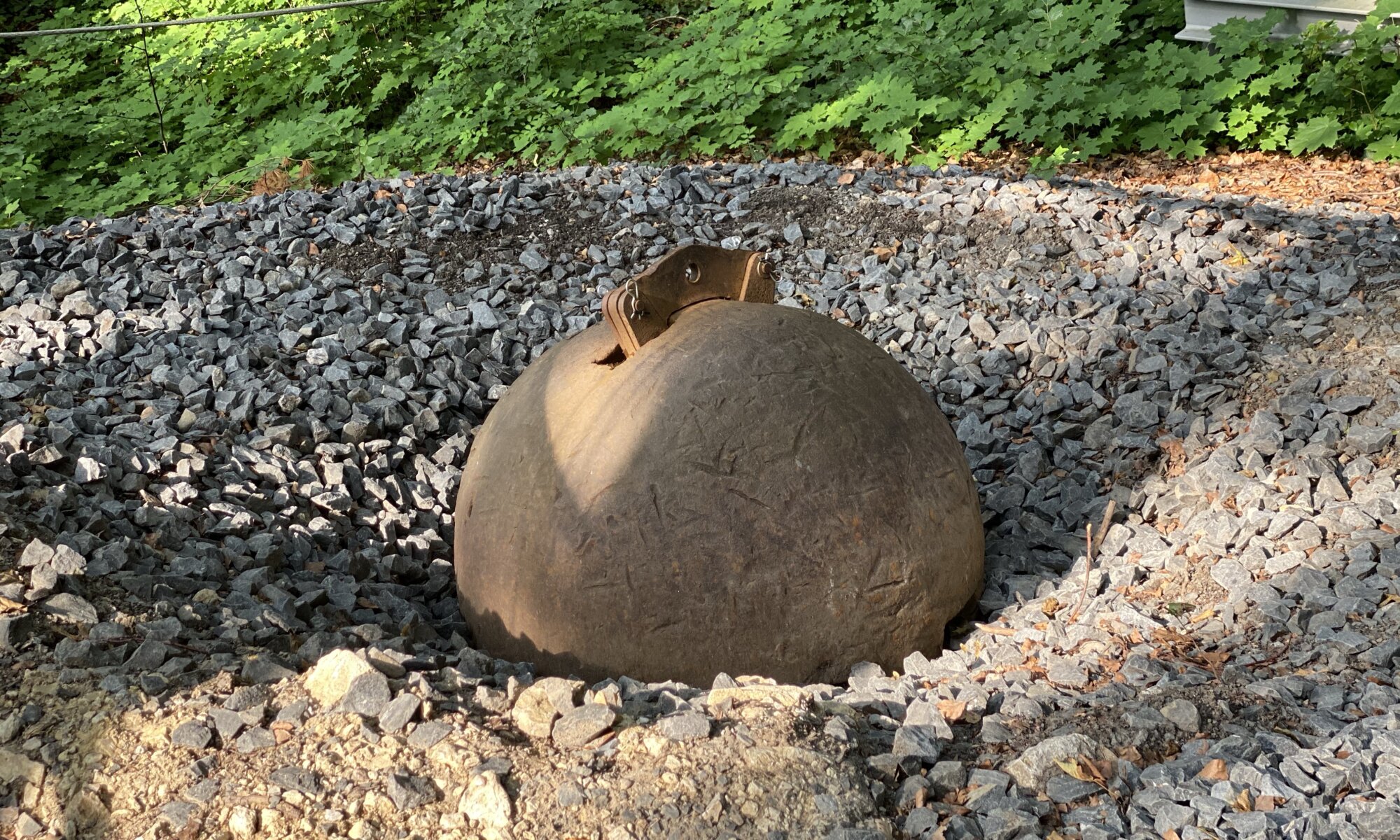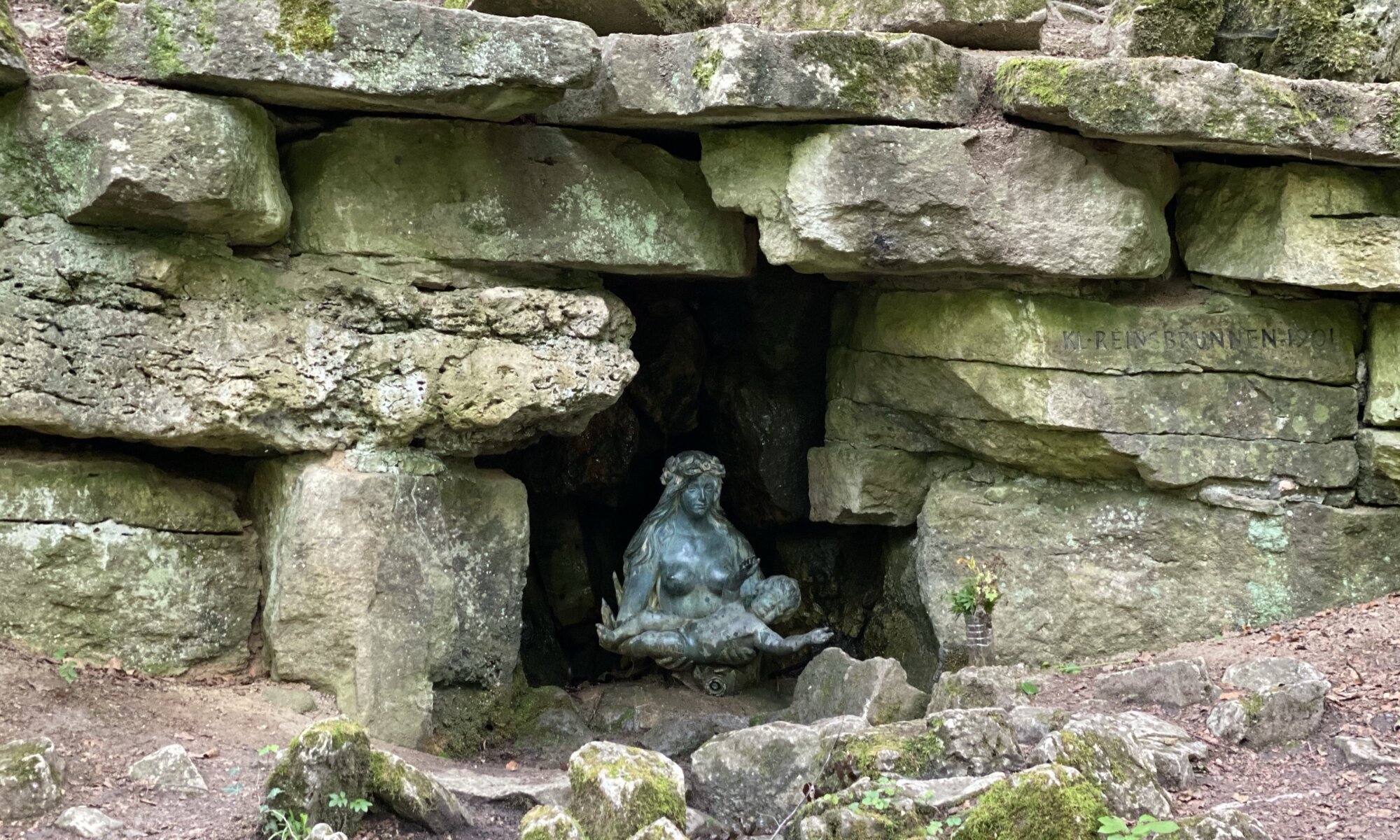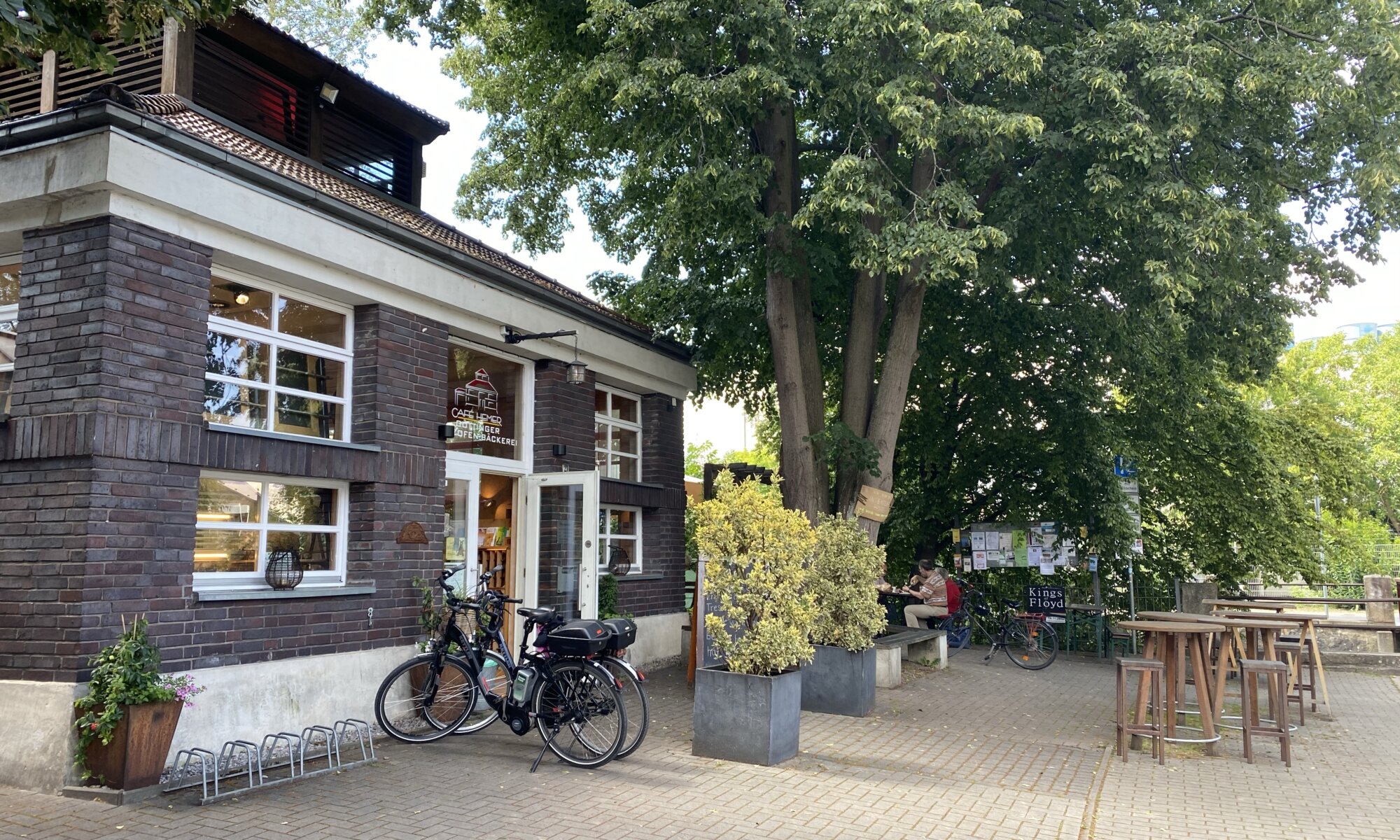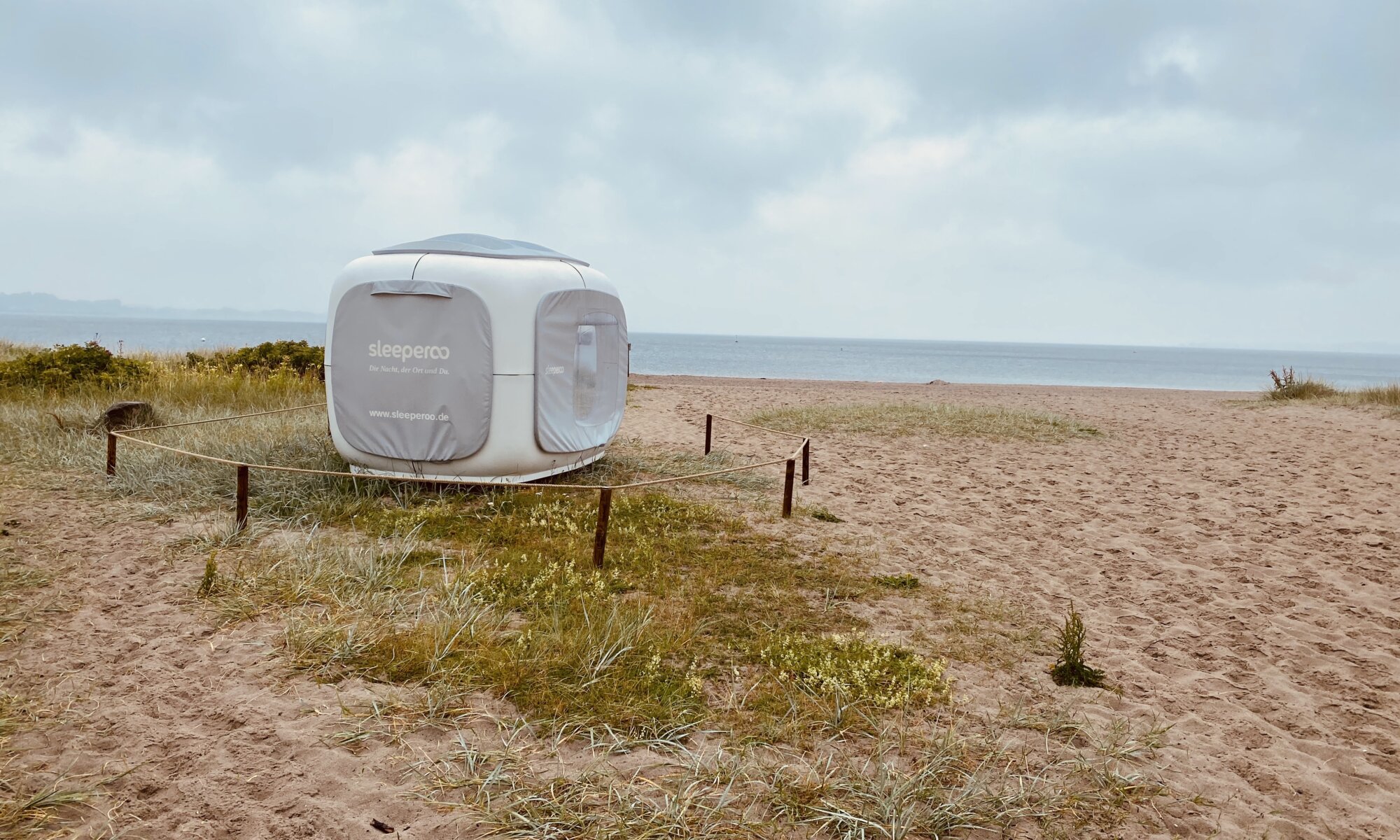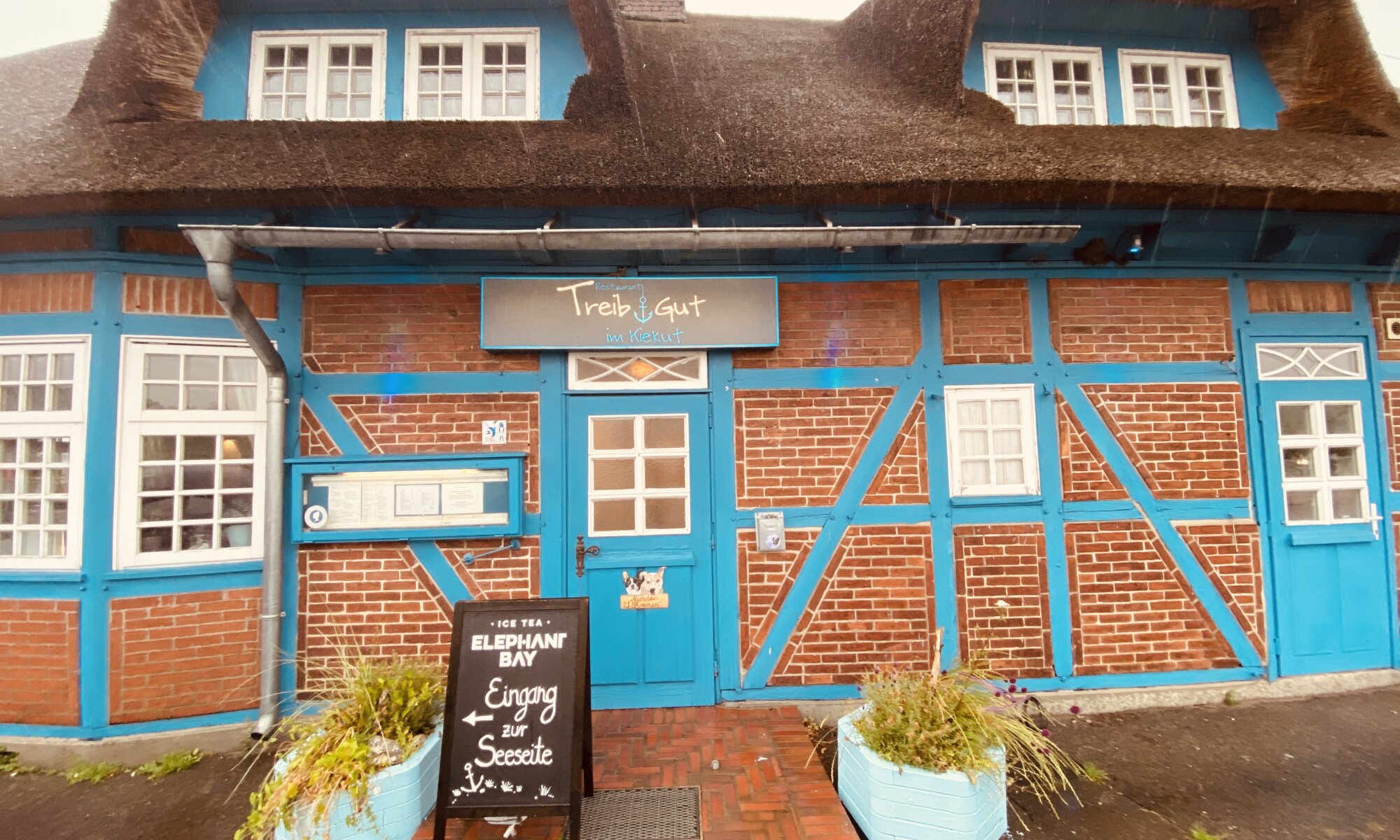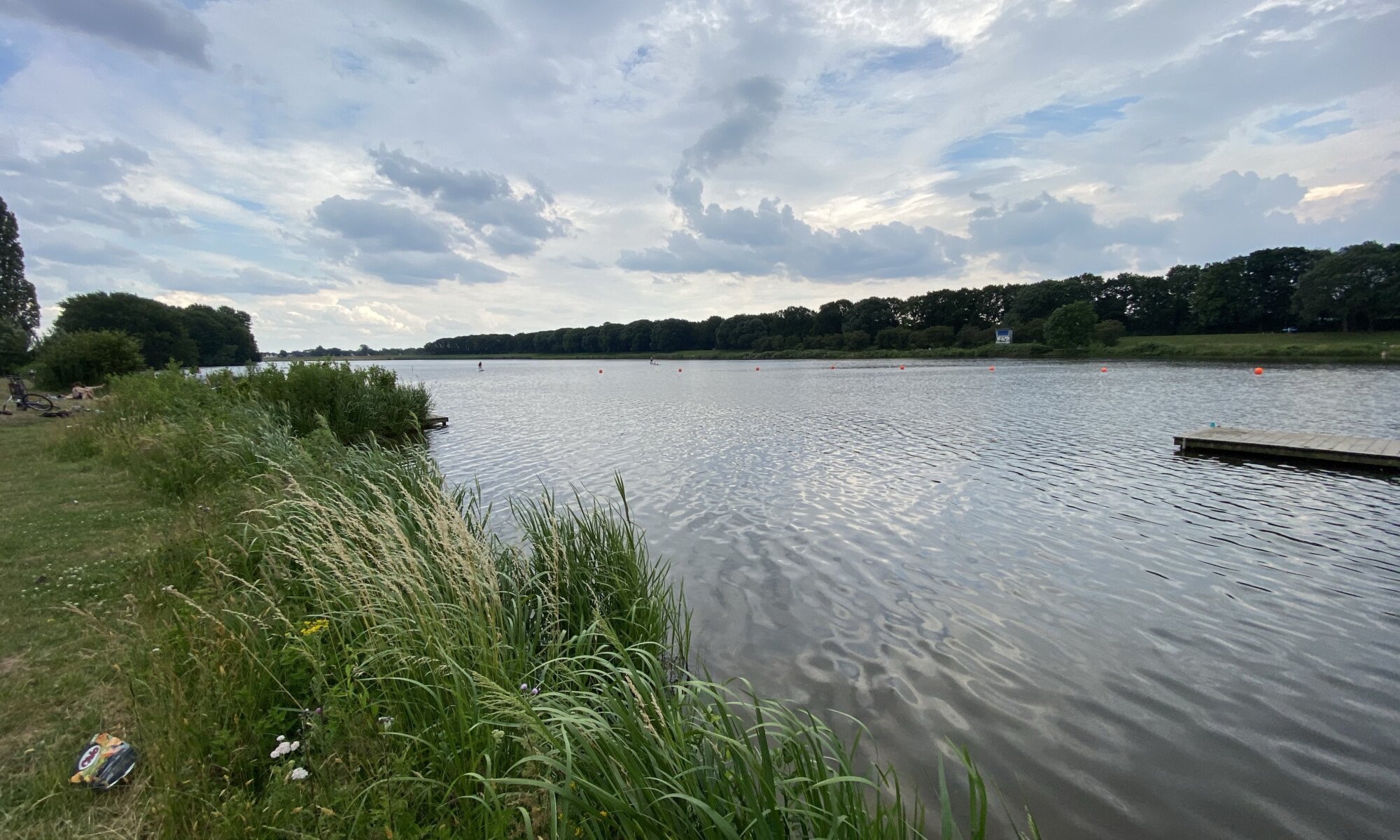There are endless good options to have a nice breakfast in Frankfurt, Germany. But if you’re looking for a plain, non-touristy coffee bar aside from the busy city centre you might like the Café Crumble. It is located not far away from the Bockenheimer Warte and offers seats inside and outside in a small backyard. The Crumble is a cosy place which offers a small but good range of breakfast: from vegetarian to sea fruit, from sweet to Greek.
Continue reading “Café Crumble”Glitzerschwein
The Coronavirus changed everything in 2020. From one day to the other many things making life enjoyable became impossible and that included for sure also concerts. It is still absolutely unimaginable to stand in large crowds, sing and dance. All events are moved into 2021 and bands, concert venues and tour organizers are facing pretty tough times. After half a year without live music, I‘m also suffering and realizing what a luxury culture is.
Continue reading “Glitzerschwein”Kurbad Jungborn
When it is getting hot outside the people in Kassel, Germany, gather on both sides of the river Fulda running through the city. The Fulda is used for swimming and all kinds of watersports and bathing in the river has a very long tradition. In earlier times there were Flußbadeanstalten – supervised places dedicated to swimming in the river. One of them is today the Auebad, the largest indoor and outdoor pool of the city. Another one you will automatically see when moving close to the Orangerie and the Spitzhacke: the Kurbad Jungborn which is today a museum and a coffee bar.
Continue reading “Kurbad Jungborn”Elefantenklo
A strange building made of stone hidden behind high trees in the forest. A temple? A ruin? If you walk around the building on the Klausberg in Göttingen, Germany, you will spot a tiny inscription: ‘Gedenkstein für Otto von Bismarck‘, a memorial for the former imperial chancellor. It is officially called ‘Bismarckstein‘ but the locals have a different name for it: ‘Elefantenklo‘ (elephant loo). Bismarck was very famous by his time even though his role in history has a lot of dark sides – but the people were willing to donate for memorials to commemorate him.
Continue reading “Elefantenklo”Mintrop-Kugel
When you’re hiking on the Warteberg mountain in the east of Göttingen, Germany, you can come across an old earthquake observatory. It is the so-called Wiechert’sche Erdbebenwarte named after the former director Emil Wiechert. The university gave up the building in 2005 but now a private association cares about the legacy of the scientist, including different seismographs that still work. A highlight of this place is a four tons weighing giant: the Mintrop-Kugel.
Continue reading “Mintrop-Kugel”Kleiner Reinsbrunnen
Everybody in Göttingen, Germany, knows the Schillerwiesen – a long stretched park in the East of the city leading up the hill. Most people only know the lower section where people meet for picnics and barbecues, to do sports or play miniature golf. Some get a little bit higher and also see the Jérôme-Pavillion where you can also have your wedding ceremony. Not many people get further on to a more quiet part where you can see the Merkelstein (remembering the former mayor Georg Merkel) and the Kleiner Reinsbrunnen – a nice spring hidden in the forest.
Continue reading “Kleiner Reinsbrunnen”Café Hemer
It is a little bit aside and a little bit hidden: the Café Hemer in the southern part of Göttingen, near the Leinekanal. And this little bit of remoteness makes the coffee bar a wonderful place with great coffee, delicious cake and most often a free table if you decide to just get there spontaneously.
Continue reading “Café Hemer”Relaxing on the beach
Normally I travel pretty far for celebrating my birthday and this year I planned to be in Moldova – but because of the SARS-CoV-2 pandemic travel restrictions applied and social distancing became a pure necessity. At least I wanted to get away from home and decided to wake up at the sea, the Baltic Sea to be precise. Therefore, I booked a cube at the southern beach of Eckernförde near Kiel, Germany.
Continue reading “Relaxing on the beach”Treib-Gut
The restaurant Treib-Gut (flotsam) in Altenhof near Eckernförde, Germany, is a wonderful restaurant next to the Baltic Sea. It is located in a traditional house roofed with reed. Inside it is very cozy but it also has a nice terrace with good views on the sea. The service is good and in addition to the great fish and meat dishes, they also offer surprisingly good vegetarian options.
Continue reading “Treib-Gut”Werdersee
Every city has this recreation zone which locals get to for having a barbecue, swimming, doing sports or just for sunbathing. In Bremen, Germany, it is the Werdersee – an artificial lake created from 1953 on. It is connected to river Weser and has, therefore, a rather good water quality. Formerly it only contained water during high-water flood times, but human intervention made it a nice lake all year round.
Continue reading “Werdersee”